Custom Healthcare Software Development
Resolve an array of business challenges and get ample business opportunities by investing in bespoke healthcare software development provided by experienced IT specialists.
Custom Healthcare Software Development Services
Leverage custom healthcare software development to the fullest, opt exclusively for IT services complementing and reinforcing your business model and strategy. Receive a comprehensive consultation, outsource specific tasks or the whole project, augment your current tech crew, or hire professionals that know how to deliver smooth end-to-end solution implementation.
Healthcare IT Consulting
Learn how state-of-the-art technology may supply your healthcare startup or medical company get more data-driven insights, eliminate existing blockers, and transform plans into tangible results. Leverage all of the power of business analysis, risk management, business process automation, cybersecurity assessment, and business intelligence to boost operational efficiency, cut costs, and achieve set goals.
Product Discovery & Design
Custom Healthtech Software Development
Dedicated Team Formation
Custom Healthcare Software Development Solutions
Cloud Healthcare Solutions
Healthcare app development
Compliance
Pharmaceutical software solutions
EMR/EHR
Robotic process automation
Healthcare data analytics
Hospital management software
Telemedicine
Patient portals
Cloud Healthcare Solutions
Cost-effective
Maximum flexibility and scalability
Interoperability is easier to achieve
Get a Free Healthcare Project Estimation Today!
Our Expertise
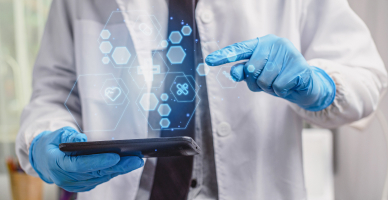
Data Science
Unleash the potential of data-driven decisions by implementing the most effective Data Science, Artificial Intelligence, and Machine Learning-driven healthcare software development.

Blockchain
Increase transparency and safety of all processes with decentralized supply chain management, Blockchain-based medical records, smart contracts, drug traceability solutions, and Blockchain-powered genomics software.

Compliance Testing and Audit
Achieve your business goals while meeting compliance requirements essential for your region (HIPAA, GDPR, etc.). Secure sensitive information, prevent data loss, ensure PHI integrity, and avoid compliance violation penalties.
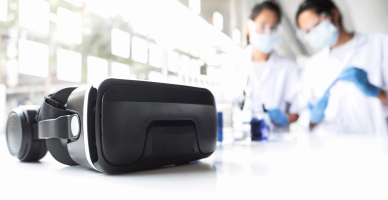
AR/VR
Benefit from marker-based and markerless Augmented Reality solutions, VR-enabled simulation-based software for effective medical training, advanced telemedicine, AR/VR products for surgical planning and assistance, patient education, and rehabilitation.

SaaS Development
Employ Light IT Global’s end-to-end multi-tenancy application design and implementation services. From MVP creation to cloud migration and post-production. The most sought-after industry-specific digital products include CRM, EHR, and hospital management systems, on-demand homecare, analytics, and payment modules integration.

Cyber Security
Ensure the highest security level for your project. Implementing a thorough digital protection strategy with vulnerability assessment, intrusion prevention and detection measures, security mоnitoring, and event management.
Who We Help with Healthcare Software Development

Hospitals and Health Systems

Pharmaceutical Companies

Medical Device Manufacturers

Health Insurance Companies

Research Organizations

Clinics & Private Practices
Why Healthcare Businesses Trust Light IT Global
Faster Time-to-Market with Real-Life MVPs
Patented Software Delivery Framework
Flexible Scalability
Proven Industry Expertise
Comprehensive Compliance
Strategic Approach
Healthcare Software Security Standards & Certifications
Light IT Global provides healthcare software development services in strict compliance with the key global healthcare industry regulations, standards, and best practices. We focus on guaranteeing the highest level of security and data protection for every solution that is being developed. Despite the project’s size, specifics, or complexity, our clients can be sure that all the sensitive information is safe.
A passion for technological excellence paired with a profound healthcare industry expertise
All the benefits of adaptive development are combined with predictability and estimation precision even for the most complex projects
Security-focused development is driven by NIST Special Publication 800-218 (Secure Software Development Framework (SSDF)
Full compliance with healthcare industry standards and regulations like HIPAA and GDPR
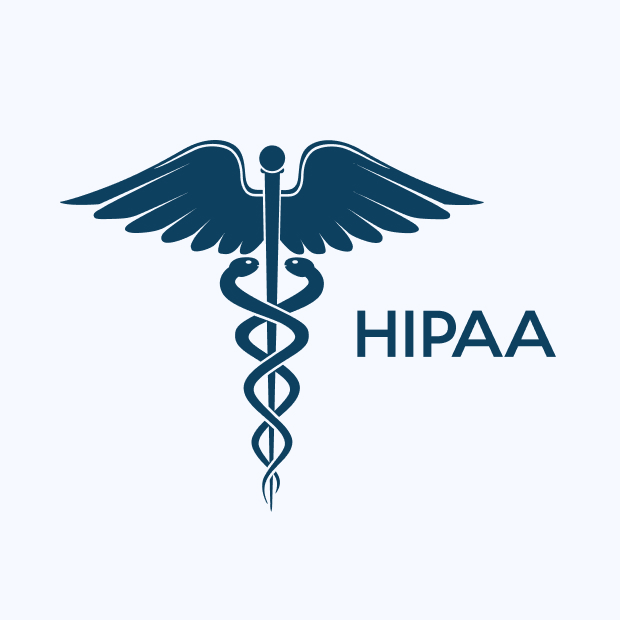
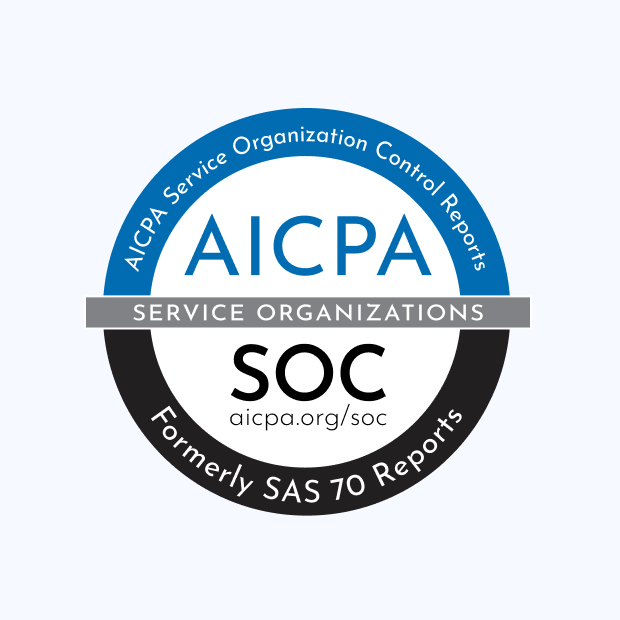

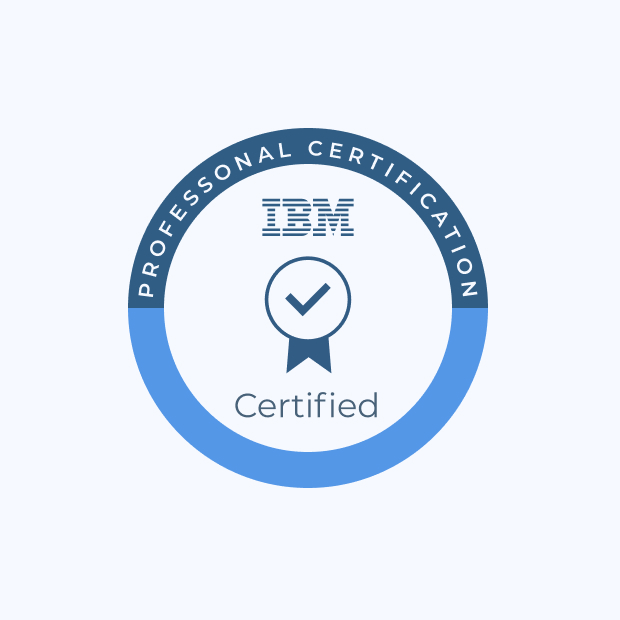
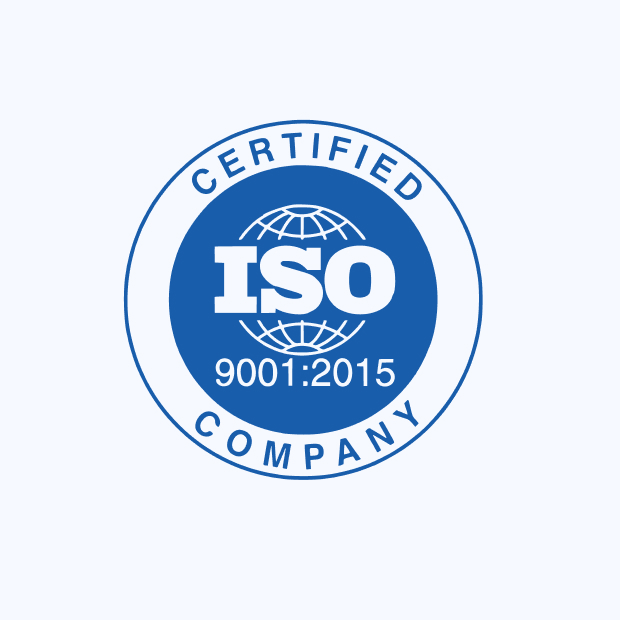
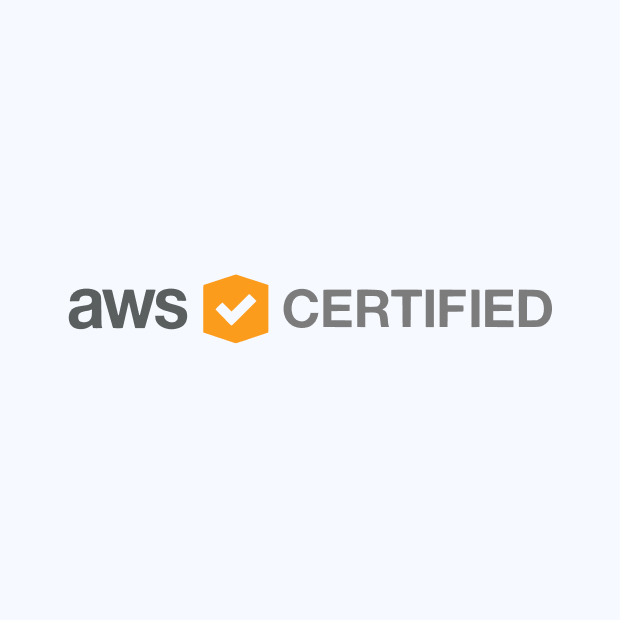
Our Clients Say About Us
Blog
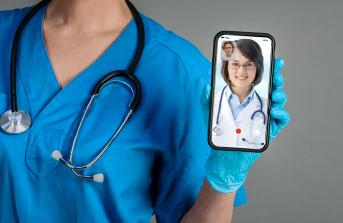
MARCH 03, 2023
15 min read
Healthcare Mobile App Development Guide: Types, Trends and Cost
Medical app development opens tremendous business opportunities, increasing operational efficiency and improving patients’ overall health. Check this article to retrieve valuable insights into software development in healthcare.
Read More

MAY 18, 2023
17 min read
Healthcare Web Development in 2023: How to Get It Right
A new comprehensive healthcare web development guide from Light IT Global contains relevant information about the market, current trends, the most popular types of software, pricing, and plenty of useful tips for a business owner!
Read More

JUNE 07, 2023
20 min read
EHR Software Development 101: Prices, Benefits, Examples
Developing a powerful electronic health record system that will improve the business processes, boost the staff’s productivity, and generate profits is not an easy task. The ultimate EHR guide by Light IT is aimed to make this journey easier and help entrepreneurs avoid the most common mistakes.
Read More
